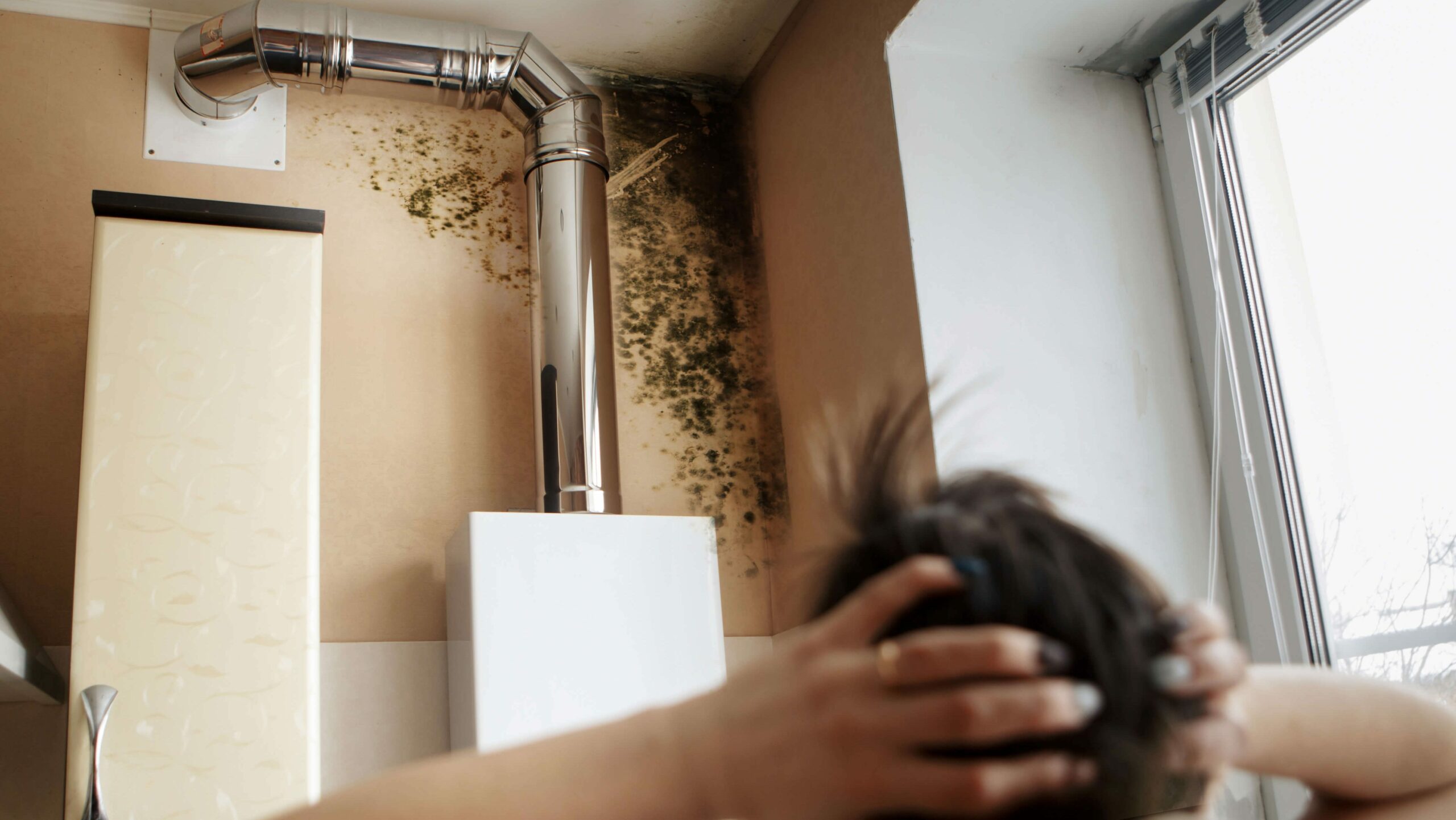Mould in a rental property can cause serious health issues and therefore, should not be ignored by either landlord or tenant. The mould fungi have been identified as the source of many health risks such as asthma, allergies, infections and sinusitis. Moulds produce allergens, irritants, and in some cases, toxins that may cause reactions as well as being unsightly. And, it’s not uncommon – according to a recent housing survey by Shelter, 61% of renters have suffered damp, mould or leaking roofs.
The laws and rules surrounding the management of mould in a rental property aren’t clear cut, so when it comes to deciding who’s responsible for removing the mould and fixing any afflicted areas, it can result in disputes between landlords and tenants.
Related article: A Guide To Landlord Legionella Risk Assessments – Is Your Water Safe?
What causes mould to appear?
The main causes of mould include; water leaks, penetrating or rising damp, wet or damp basements or crawl spaces, condensation, excessive water vapour or steam being generated through cooking, washing, bathing, showering and clothes drying, inadequate ventilation and/or heating.
Up next: Asbestos In Rental Property: What Landlords Should Be Aware Of
Who’s responsible for dealing with mould in a rental property?
For mould to be the landlord’s fault, it will usually have been caused by something that’s wrong with the build of the house, such as structural defects, leaking pipes, or ineffective damp-proofing. This may be different in commercial properties where the tenant may take on repairing responsibilities.
The most common cause of mould is through condensation and this is typically caused by the tenant’s lifestyle. For example, lack of proper ventilation, not opening windows or using heating. They should be regularly airing the property to prevent the growth of mould.
What can landlords do to prevent mould in a rental property?
Looking from the outside of the property, a landlord should first check for obvious structural defects, that the walls are not suffering from rising damp, is there a presence of a damp-proof course? Check that any wall cavities are clear of debris and that airbricks are clear and perhaps consider fitting additional airbricks to ventilate under suspended floors. Ensure that the roof tiles are in good condition and no leaks are present. Inspect the guttering and downpipes, make sure that they are carrying the water away from the property or into adequate drains. Solid concrete floors are prone to dampness so may require a damp proof membrane.
Read more: Rental Property Maintenance: Whose Responsibility Is It?
What can tenants do to prevent mould?
When checking a tenant into a property, we always advise going through the inventory with them room by room. At this point, it is a good idea to educate them on the causes of mould and how little lifestyle choices can make a big difference to their living conditions, health and comfort.
For starters, after a bath or shower, the room should be ventilated to the outside, not to the rest of the house - just opening a window (and closing the door) will help. You as the landlord may also wish to fit an extractor fan.
Advise tenants to dry clothes outside on a line (if possible) or in a cool area of the property (although this may take longer, less moisture will be held in the air at any one time). If the tenant chooses to dry clothes indoors, they should ensure that there is plenty of ventilation in the room. If they are using a tumble dryer, the dryer should ideally have external air extraction. When people come in with wet coats and umbrellas, they should be hung or placed outside the living area to dry - like the porch.
Up next: Gas Safety Check Regulations For Private Landlords – A 2021 Guide For Buy To Lets
Difficulty finding proof
The problem with mould in your buy-to-let property is the difficulty of identifying the person at fault. It can be tough to prove whether the mould was caused by a structural defect or simply a lack of ventilation.
In particularly difficult cases, a damp expert can be called in to assess the property and make a report that can be used as proof of the party at fault. They can also recommend the best ways to remove the mould and prevent it from growing again.


